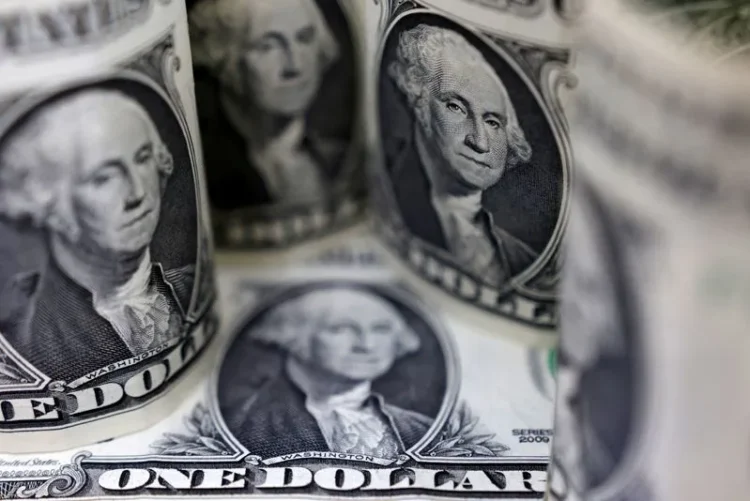Publisher: Maaal International Media Company
License: 465734
Dollar, yuan steady as US-China trade truce provides little clarity
The dollar and China’s yuan were little changed on Wednesday as teams from U.S. and China concluded trade talks in London, hinting at a thaw in a damaging trade war between the world’s two largest economies but offering scant detail, Reuters reported.
The countries’ officials agreed on a framework based on a trade truce reached last month in Geneva that would resolve China’s export restrictions on rare earth minerals and magnets, and remove some U.S. export restrictions that were recently put in place.
China’s Vice Commerce Minister Li Chenggang said that the next step would be to take the agreed framework back to their respective heads of state.
اقرأ المزيد
“On traditional metrics this would be a ‘sell the dollar’ moment: good for risk, good for global trade,” said James Kniveton, senior corporate FX dealer at Convera.
However, since the dollar has not been behaving like a safe-haven asset lately, people might instead continue buying dollars and invest in Wall Street, Kniveton said.
Much of the year has been dominated by investors’ unease over Trump’s erratic policies. Despite a bounce back in U.S. stocks, the erosion of investor confidence is clearly reflected in the dollar, which is down more than 8% so far this year.
On Wednesday, the dollar firmed slightly, pushing the euro down 0.08% to $1.1416 and steadying at 145.05 yen.
China’s onshore yuan was little changed at 7.1867 per dollar, while the offshore unit stood at 7.1875. Both currencies were close to two-week lows.
An index that measures the greenback against six other currencies inched up 0.17% and last stood at 99.129.
Still, analysts noted that any newly agreed tariffs would be higher than they were late last year, while the blow that trade uncertainty has had on both economies is yet to be fully reflected in economic data.
Also keeping investors cautious, a federal appeals court allowed President Donald Trump’s most sweeping tariffs to remain in effect, while it reviews a lower-court decision blocking them on grounds that he had exceeded his authority by imposing them.
FOCUS ON UK’s SPENDING PLANS
In Europe, markets were keen on how British finance minister Rachel Reeves will divide up more than 2 trillion pounds ($2.7 trillion) of public spending for government departments from 2026 to 2029 and investment plans out to 2030.
Sterling dipped 0.1% at $1.3484, while gilt yields, which are among the highest in the developed world, were marginally higher.
“This week’s spending review will highlight the tight fiscal headroom, leaving a bearish taste in rates markets. Until the government moves towards tax increases … the room for longer-dated sterling rates to move lower will be limited,” analysts at ING said.
Later in the day, investors will closely parse a U.S. consumer inflation report that could potentially determine the trajectory of the Federal Reserve’s monetary policy for the rest of the year.
The Fed is expected to hold rates steady next week and a Reuters poll showed that analysts expect the central bank to hold that stance till September.
Analysts at ANZ Bank said that consumers are likely to face the impact of tariffs through higher goods prices, which would also keep the Fed cautious as they look for more clarity on how U.S. trade policy is impacting inflation over the coming months.
Attention will also be on a $39 billion, 10-year Treasury bond auction that could be a reflection of investor appetite for U.S. debt as concerns mount regarding an expensive tax and spending bill that is making its rounds in Congress.
The yield on 10-year Treasuries was little changed at 4.477%.








